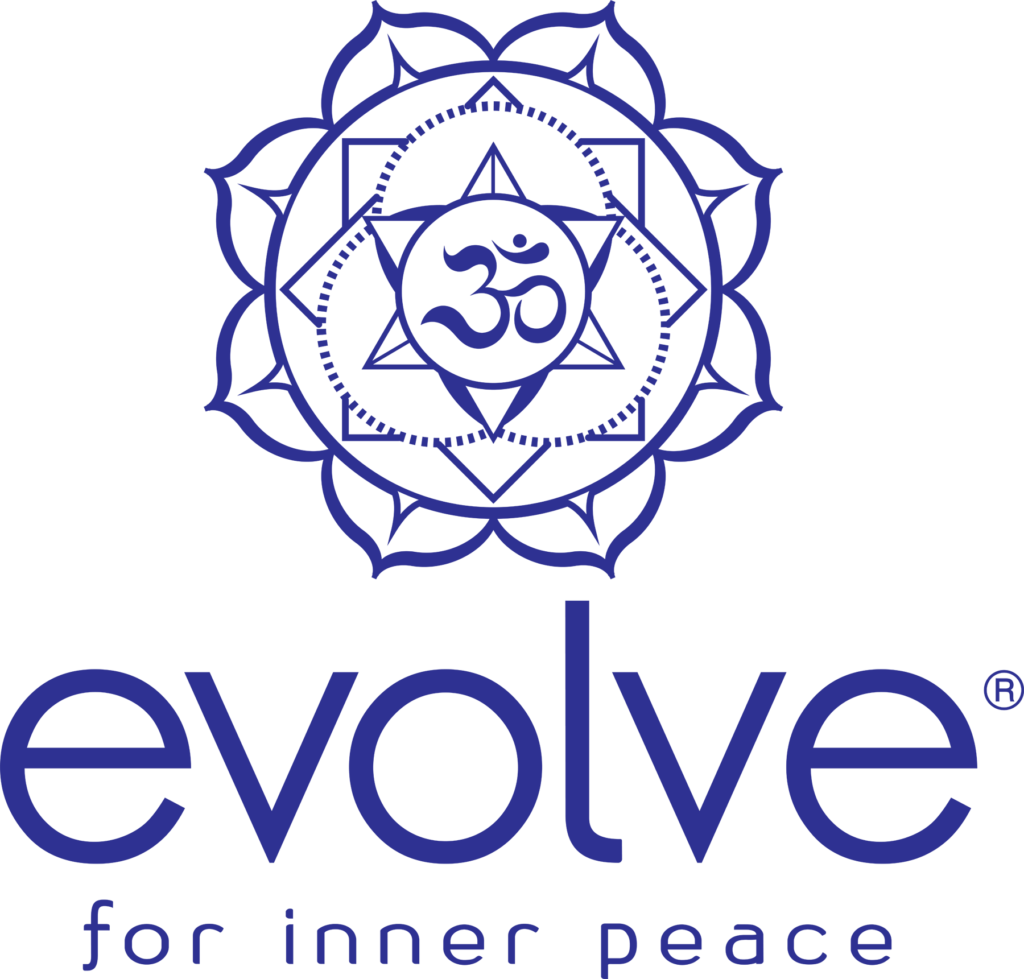from Joe Vitale

Two years ago, I heard about a therapist in Hawaii who cured a complete ward of criminally insane patients- without ever seeing any of them. The psychologist would study an inmate’s chart and then look within himself to see how he created that person’s illness. As he improved himself, the patient improved.
When I first heard this story, I thought it was an urban legend. How could anyone heal anyone else by healing himself?
How could even the best self-improvement master cure the criminally insane? It didn’t make any sense. It wasn’t logical, so I dismissed the story.
However, I heard it again a year later. I heard that the therapist had used a Hawaiian healing process called Ho’o Ponopono. I had never heard of it, yet I couldn’t let it leave my mind. If the story was at all true, I had to know more. I had always understood “total responsibility” to mean that I am responsible for what I think and do. Beyond that, it’s out of my hands. I think that most people think of total responsibility that way. We’re responsible for what we do, not what anyone else does- but that’s wrong.
 The Hawaiian therapist who healed those mentally ill people would teach me an advanced new perspective about total responsibility. His name is Dr. Ihaleakala Hew Len. We probably spent an hour talking on our first phone call. I asked him to tell me the complete story of his work as a therapist.
The Hawaiian therapist who healed those mentally ill people would teach me an advanced new perspective about total responsibility. His name is Dr. Ihaleakala Hew Len. We probably spent an hour talking on our first phone call. I asked him to tell me the complete story of his work as a therapist.
He explained that he worked at the Hawaii State Hospital for four years. That ward where they kept the criminally insane was dangerous. Psychologists quit on a monthly basis. The staff called in sick a lot or simply quit. People would walk through that ward with their backs against the wall, afraid of being attacked by the patients. It was not a pleasant place to live, work, or visit.
Dr. Len told me he never saw patients. He agreed to have an office and review files. While he looked at those files, he would work on himself. As he worked on himself, patients began to heal.

“After a few months, patients that had to be shackled were being allowed to walk freely,” he told me. “Others who had to be heavily medicated were getting off their medications. And those who had no chance of ever being released were being freed.” I was in awe. “Not only that,” he went on, “but the staff began to enjoy coming to work. Absenteeism and turnover disappeared. We ended up with more staff than we needed because patients were being released and all the staff was showing up to work. Today, that ward is closed.”
 This is where I had to ask the million dollar question: “What were you doing within yourself that caused those people to change?”
This is where I had to ask the million dollar question: “What were you doing within yourself that caused those people to change?”
“I was simply healing the part of me that created them,” he said. I didn’t understand. Dr Len explained that total responsibility for your life means that everything in your life- simply because it is in your life- is your responsibility. In a literal sense the entire world is your creation.
Whew. This was a tough one to swallow. Being responsible for what I say or do is one thing. Being responsible for what everyone in my life says r does is quite another. Yet, the truth is this: If you take complete responsibility for your life, then everything you see, hear, taste, touch, or in any way experience is your responsibility because it is in your life. This means that terrorist activity, the president, the economy, or anything you experience and don’t like- is up to you to heal. They don’t exist in a manner of speaking, except as projections from inside you. The problem isn’t with them, it’s with you, and to change them, you have to change you.

I know this is tough to grasp, let alone accept or actually live. Blame is far easier than total responsibility, but as I spoke with Dr Len, I began to realize that healing for him and in Ho’o Ponopono means loving yourself.
If you want to improve your life, you have to heal your life. If you want to cure anyone, even a mentally ill criminal, you do it by healing you.
I asked Dr. Len how he went about healing himself. What was he doing, exactly, when he looked over those patients’ files?
“I just kept saying, ‘I’m sorry’ and ‘I love you’ over and over again,” he explained.
“That’s it?”
“That’s it.”

